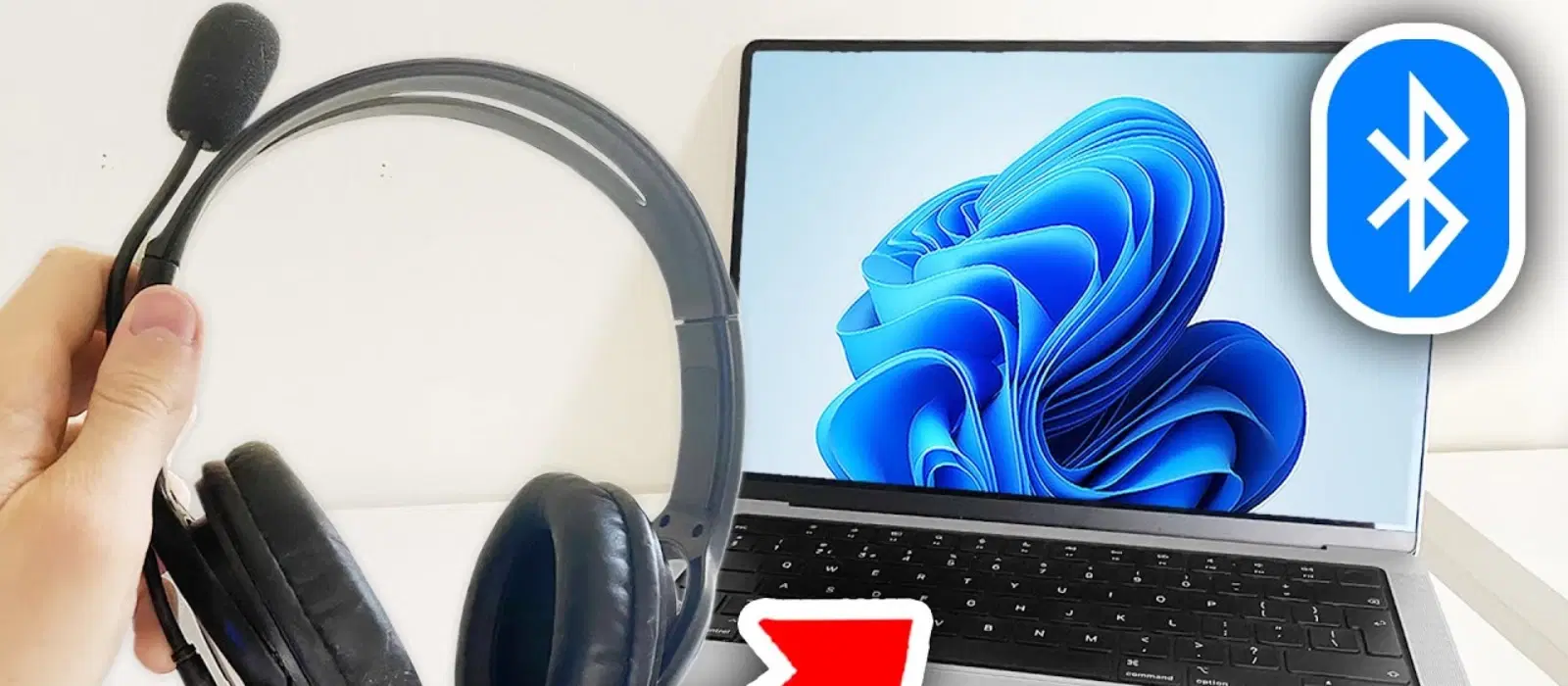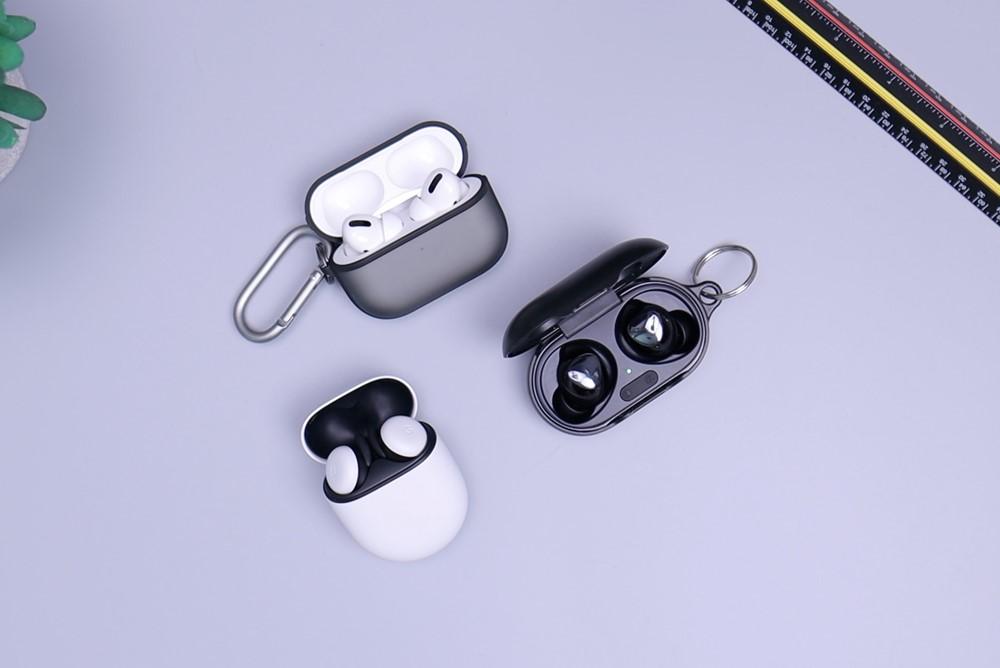
Consumer Electronics
•04 min read

Bluetooth technology has become an essential part of our daily lives, significantly enhancing the user experience by offering wireless connectivity. In this tutorial, we'll walk you through the process of how to pair a Bluetooth headset with a laptop. Whether you're trying to connect Bluetooth headphones to your laptop for the first time, or you’re troubleshooting Bluetooth headset laptop issues, this guide has you covered.
Firstly, make sure your Bluetooth headset is fully charged to avoid any interruptions during the pairing process. Then, turn on your headset and enable the pairing mode. This is usually indicated by a blinking light or an audio cue.
Next, navigate to your laptop's settings. Go to the Bluetooth settings, turn on Bluetooth, and make your laptop discoverable so that other devices can find it.
In the Bluetooth settings on your laptop, search for available devices. Select your Bluetooth headset from the list and follow any additional on-screen instructions to complete the connection. Once the devices are paired, you should get a confirmation message.
To ensure the headset is working correctly, play some audio. Adjust the volume and settings as needed to get the best sound quality.

If you're facing difficulties, restart both your laptop and your headset. Ensure the devices are within the effective range (typically 10 meters). Updating your Bluetooth drivers can also resolve many connectivity issues.
If the headset still isn't connecting, try resetting it and re-initiate the pairing process. Interference from other devices could also be a problem, so ensure your laptop and headset are not surrounded by too many other electronic devices.
Did You Know? Using the latest Bluetooth version can significantly improve connection stability and audio quality. Always check for and install firmware updates for your devices to ensure they are up to date.
You can use a Bluetooth adapter to enable Bluetooth functionality.
Most headsets have a blinking light or an audio cue to indicate they are in pairing mode.
Ensure the headset is in pairing mode and within range. Restarting both devices can also help.

Most laptops can remember multiple devices but can typically connect to one audio device at a time.
If you are unsure whether your PC or laptop has Bluetooth capabilities, check the device specifications or look for the Bluetooth icon in the settings menu. Laptops usually come with built-in Bluetooth, but some desktop PCs might require a Bluetooth adapter.
1. Interference from Other Devices: Ensure that there are no other Bluetooth devices nearby that might interfere with the pairing process.
2. Distance: Keep the headset and laptop close to each other. The effective range for most Bluetooth devices is about 10 meters.
3. Driver Issues: Make sure your Bluetooth drivers are up to date. Look for driver updates from your laptop’s manufacturer or use Windows Update.
4. Multiple Devices: If you have previously paired your headset with another device, ensure it’s disconnected from that device before pairing with your laptop.
Windows 10 offers a feature called Swift Pair that makes the pairing process quicker. When a Bluetooth device is in pairing mode and nearby, Windows will show a notification asking if you want to pair the device. Simply click on the notification and follow the on-screen instructions to complete the pairing.
In conclusion, pairing a Bluetooth headset with a laptop is a straightforward process. Follow these steps, and you’ll be able to enjoy wireless audio in no time. For more tech gadgets and accessories, check out Tata Neu. With Tata Neu, you gain benefits like NeuCoins, expert guidance, and reliable customer support through Croma. Don't forget to take advantage of exclusive offers like 5% extra savings with Tata Neu HDFC Bank Credit Card and Express Delivery!